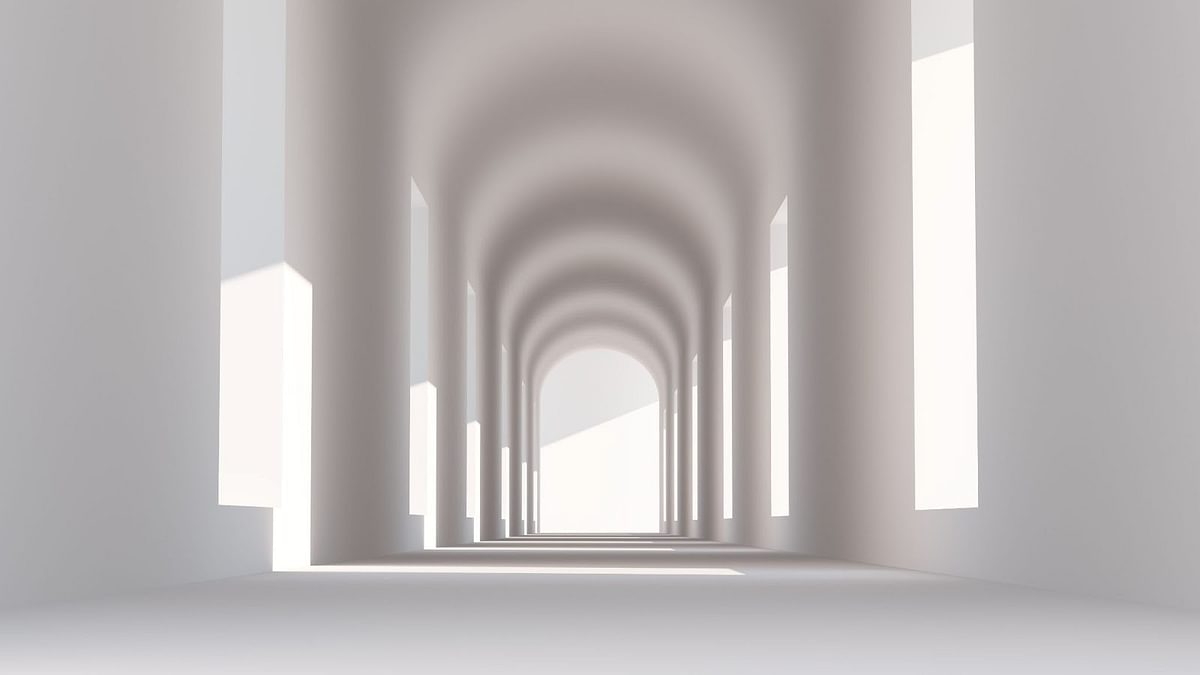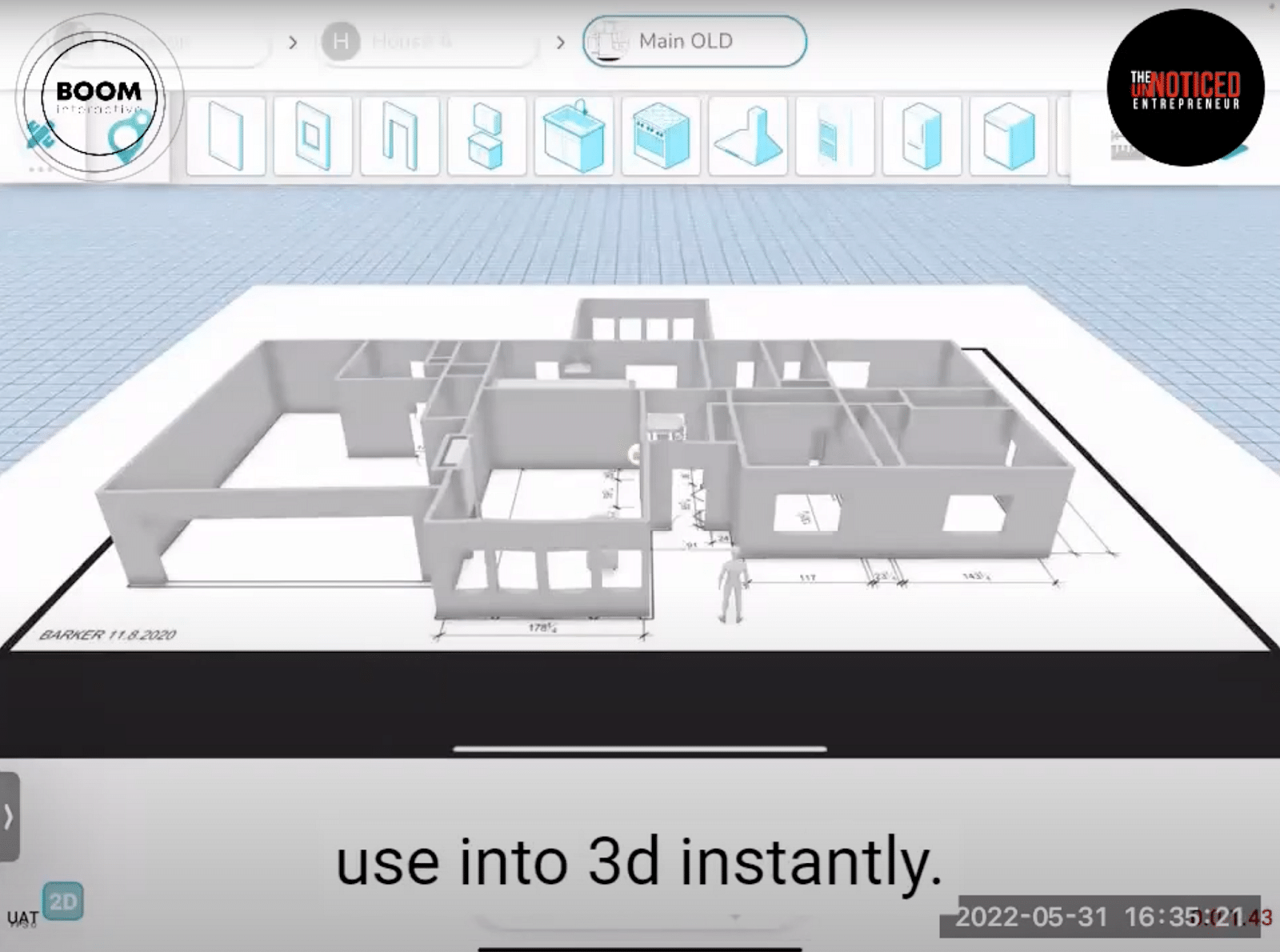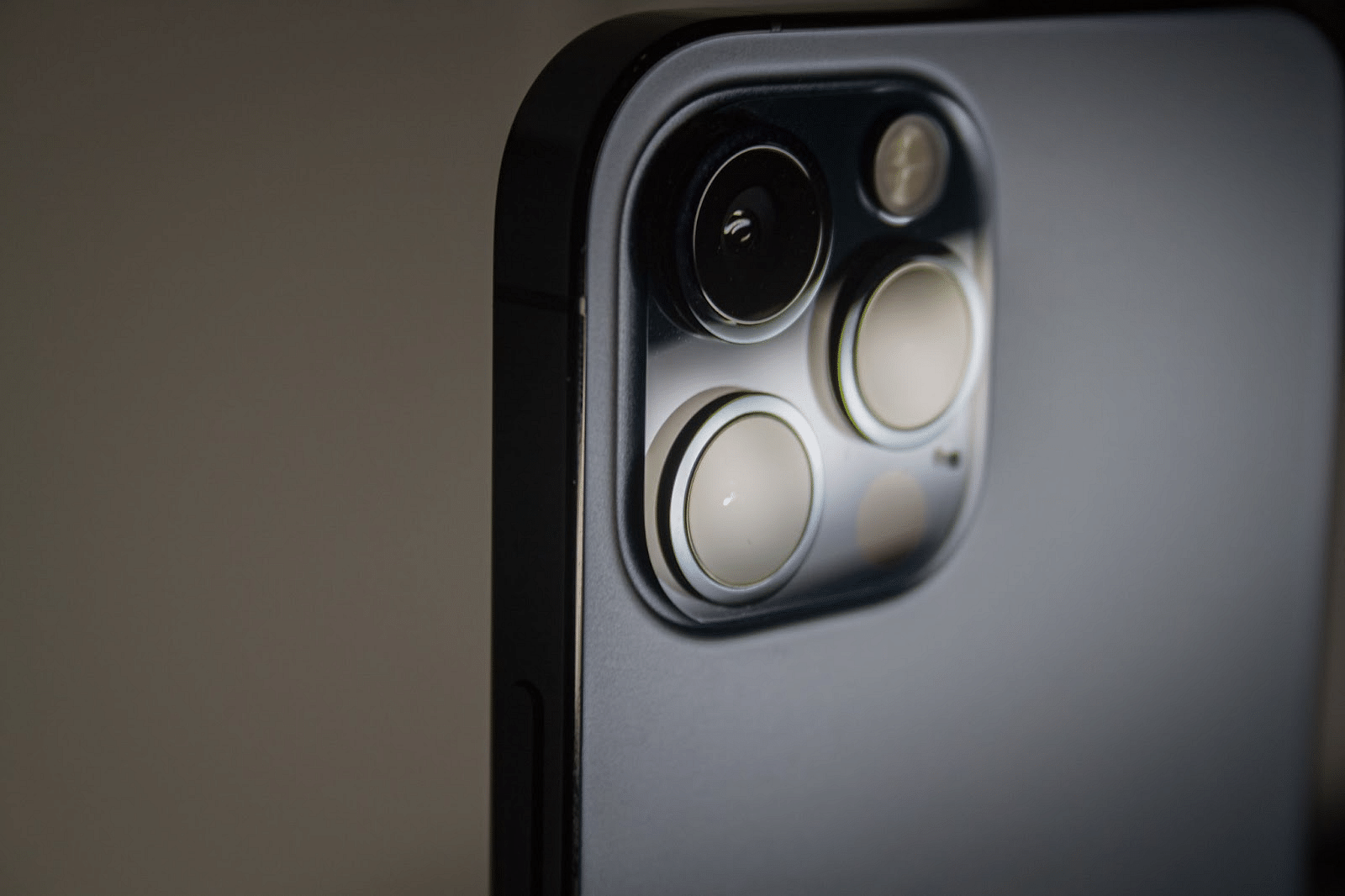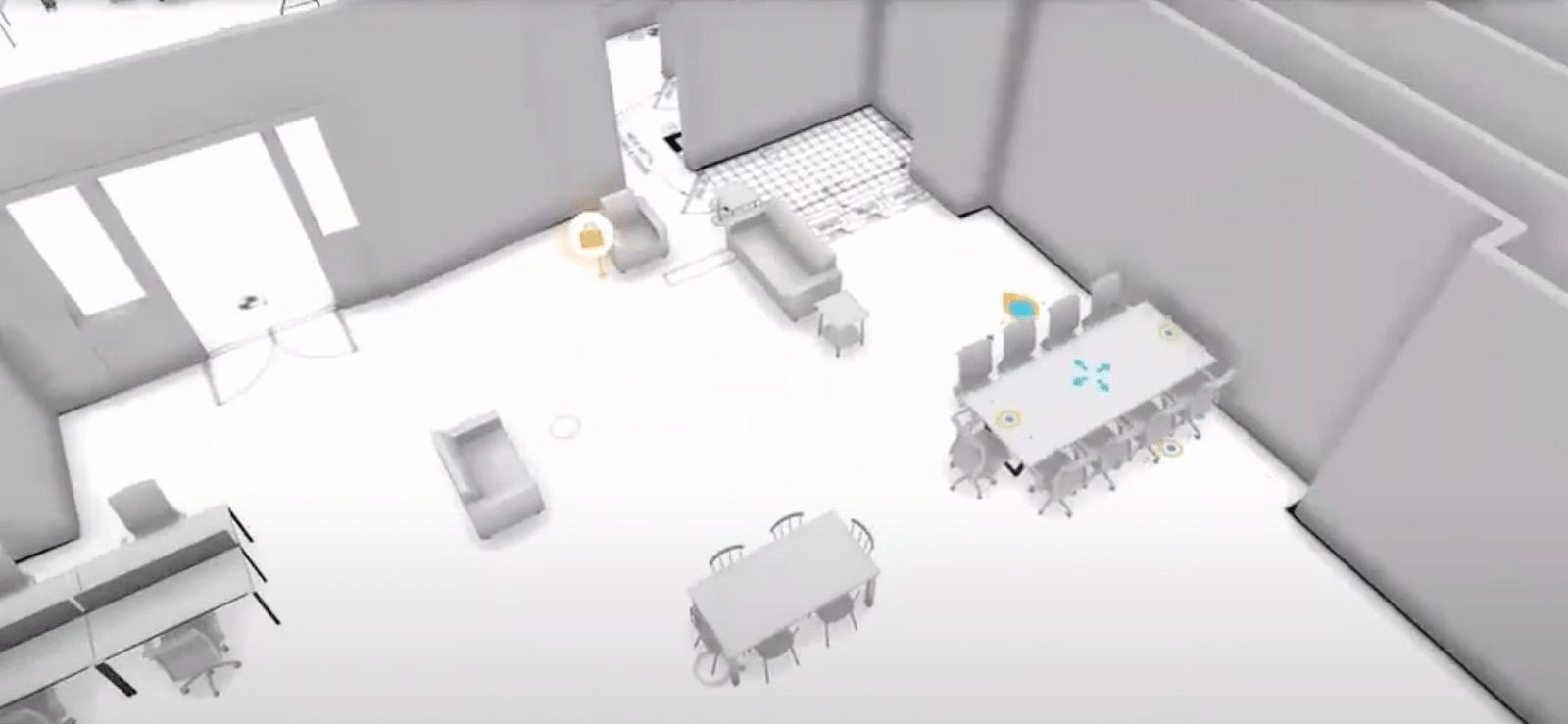
Create 3D models and share 3D experiences in the virtual space more easily with BOOM Interactive’s technology
By Jim James, Founder EASTWEST PR and Host of The UnNoticed Entrepreneur.
Timber Barker, the Chief Executive Officer (CEO) of BOOM Interactive, is building a creative sandbox in the metaverse. He joined me in the new episode of The UnNoticed Entrepreneur and discussed how entrepreneurs can get noticed using their technology.
Image from LinkedIn
BOOM Interactive has created an Artificial Intelligence (AI)-powered automation technology that helps the average person and consumer create a three-dimensional (3D) space. In fact, the tagline of one of their flagship products, Bubbles, is “The freedom to design your way.” Bubbles is the construction version of their software.
How Their Story Began
Today, everyone talks about the metaverse. But to create something that you can put into these metaverse-type companies, you got to hire a studio or a group.
Years ago, Timber and his team had already looked at the kind of virtual environment that metaverse offers and they were compelled to create something simple to use and consume — basically, a powerful tool on your phone; something that everyone can have in their pockets.
Their goal was to offer a metaverse-esque experience and they are excited about being the first to create that experience for the masses. It’s a sandbox that allows you to create and ideate on anything that you’d like or need.
For example, if you’re doing a remodelling, decorating, or a new build project, their Bubbles software can take something 2D and render a 3D model of it. They also have a film version of their software that’s being used in major film sets (including an MGM film set) for virtual production, stage layout, and set design.
All these can be created even by an average person on their phone using their AI technology. Entrepreneurs can use it to create their own businesses or supplement what they’re doing to grow their existing businesses.
What Their Technology Does
Timber and company began developing their technology at the end of 2018.
In January 2019, they started using the construction version, which they branded “Bubbles,” with a custom home builder in Salt Lake City, Utah. The builder had some unique issues that they wanted to resolve. The problem then was that there was no affordable or easy way to visualise a space or a design without hiring professionals.
Screengrab from YouTube
The biggest key factor of their AI-powered software is that it can reduce the design and discovery phase. It shortens the typically five weeks people spend going back and forth with a very expensive professional.
However, their solution is not meant to replace the professionals. It’s rather a bridge between clients and professionals. In fact, the primary use case of their product is for you to use it with your clients. And when professionals like you use their technology, you can actually handle more work by reducing the time you spend on each project or simply taking more time off so they can be with your family.
An average person, meanwhile, can use it to visualise their ideas. For instance, someone can use their software to figure out what their kitchen would look like months before the first nail hits. Then, they can use the 3D asset as a template that they can take to their kitchen designer, general contractor, and installer.
Think of it like Pinterest (which is a great website for gathering inspiration). However, BOOM Interactive takes it to the next level: You can get inspired by looking at what people have done and then use their software to create your own 3D space. You can make the selections and the decisions. If you’d like a photo-realistic 3D render, you can order one of those from them at a lower cost. With that, you can present something at your meeting when you hire a designer, draftsman, or architect — and even share a 3D experience with them without meeting in person.
Their software works for both professionals and clients and it’s free to use once you’re signed up.
The Many Applications of Their Technology
When Timber shared what their technology has been doing in the construction space with some of his friends who are in the film industry, they expressed that they also wanted to have a film version. This is what prompted him to create a parent company, BOOM Interactive, where they can put all their intellectual properties (IPs). Through this company, they’re also able to license their technology out to different sectors.
Screengrab from BOOM Interactive
Today, their product has several applications, including construction, film, education, public safety, government, and even mining. And in each of these sectors, they offer a white label version of sorts.
For example, Bubbles (which is a heavily do-it-yourself or DIY product) is being used by architects, draftsmen, and designers to interact with their clients. In the commercial real estate and design space, there’s a whole subset of clients who have a different kind of ecosystem. With the white label version of Bubbles, clients can brand it on their own while carrying the “Powered by Bubbles” phrase. They can then offer it to an entire subset of clients and they can have their own version of the product with the same underlying technology.
An Accessible, Features-laden Software
At the start, BOOM Interactive’s technology was more of a business-to-business (B2B) thing. Now, they’re working on a consumer version, which they’re planning to launch soon.
As they are a team of video game designers and developers, they know how to break down a very complex experience into bite-sized chunks of information (which allowed them to introduce as many as 31 digital products). It’s also why when they first unveiled their software, they viewed it as a digital kind of a video game launch wherein they’re giving a first-time user experience to teach you basic interactions and movements.
When you use their technology, you’ll have a real-time 3D editor — where you can rotate the scene around, pinch, and zoom in — and 3D model ribbons that you can use to place walls, windows, doors, and other elements that won’t move around a lot.
They also keep everything in grayscale and veer away from cartoony, rich textures to preserve your gadget’s battery.
When you use their technology via your phone, you’ll also have the same experience.
And if you have a liDAR-enabled phone, such as the new iPhone models, you can also simply scan a room and it can accurately measure and recreate everything in the scene — including the walls, windows, and doors. On the scanned model, you can also move things around. If you don’t have a liDAR-equipped phone, you can also do it with an Augmented Reality (AR) device.
Image from Unsplash
BOOM Interactive is also the first to produce digital sticky notes and incorporate them into this kind of technology.
In the construction version, these notes are called “Bubbles” and in the film version, they are called “Zeros.” If you place these notes around a room, every single one of these notes will serve as your vision. You can put a picture or a video on it. You can link out to whatever you want online. You can put notes, additional details like budget, and even product information.
They thought of creating this feature because when they first made the software, they noticed that a lot is going on even in just one corner of a scene. In a room, you have your floor, your light, and your wall colours. If you look at a 2D floor plan, it’s difficult to define everything that you need to do. In the 3D models that they produce, they’ve allowed users like you to create digital sticky notes and place those around your design.
In essence, they built their technology for easy use and quick ideation.
On Retail and Real Estate Applications
With BOOM Interactive’s software, you can ideate anything — including retail space.
Currently, they are partnering with a well-known family in the US and they are creating a retail version of their software. Once launched, any retailer can use it to ideate in 3D, send the models over to an external art team to create high-definition versions, get those back into the project, and continue to ideate from there. Even a DIY-er, a small coffee or clothing shop owner can use their tool.
Apart from retail, their software’s application also includes commercial real estate sales.
Recently, Timber and his team looked at nine offices and a lot of those buildings are just pillars and still unfurnished. Typically, if you visit such sites, real estate agents would tell you that it’s a great 20,000-square-foot space that can accommodate 50 people. However, on your own, you wouldn’t know if what they’re saying is true. And if you aren’t sure if you can rent or lease that space, you can’t hire a designer right away.
The agents that they talked to simply handed out a pamphlet with a floor plan drawn out. With their technology, they were able to take a picture of the space via their phone and come up with a 3D model of it. They also added 15 different types of desk models to see how many people can really fit in.
They did this in all the nine buildings that they visited. And even if it’s just Timber and a couple of team leaders who went to the sites in person, their entire team were able to see the buildings through the 3D floor plans and point-of-view walkthroughs that they created. Another great news is that they did all these renders in only about four minutes.
If this will be used by a real estate agent, they can showcase the space and send three to four different configurations to a potential client. It won’t be just a regular pamphlet — it will be all digital and agents will be able to play around with it and move walls, windows, and doors.
Screengrab from YouTube
Because they can create it, there won’t be a need to hire an art team, an architect, or a draftsman. This shortens the sales cycle as well.
The main objective of their technology is to minimise the time spent meeting and arriving at decisions. Ultimately, this helps users, including entrepreneurs, reduce the time it takes to close a sale — all while still presenting something high-end to clients.
Often, getting a client to understand what’s the final output going to look like is the hardest part. If you’re a salesperson, it’s easier for you to visualise it because you have already done or experienced it before. This is not the case with your clients. They don’t have an idea or they may be anxious about what the outcome might look like. BOOM Interactive’s technology is here to address that.
Launching Challenges and Competitions
If you build something 3D with their technology, you can distribute it to everybody very quickly on their platform. Based on that, they thought of distributing design challenges.
They conceptualised this idea a couple of years ago. And the opportunity finally fell on their lap when Real Salt Lake (RSL), the professional soccer team of Salt Lake City, partnered with them.
Later this year, they will be launching Bubbles with RSL and it will be free for everybody. Along with it, they will roll out design challenges and the first one will be about creating a fan cave. It will be facilitated in a giant space where you can drop 3D models. You can put a pool table or a mini-fridge over there, you can put an entire video game system, and you can have recliners out front.
They envision it to be the easiest design challenge in the world. They also have lawyers who are looking at how to facilitate the competition and the rules behind all that. Though Timber can’t mention what the reward is, he shared that it’s going to be the largest competition reward that RSL will have ever done.
Exporting and Importing Files
Image from Unsplash
The capability to export files from BOOM Interactive’s software is one of the most requested features from multiple professionals in different markets. In the film industry, they have an almost completely different format where they want to have a tool where they can import models, ideate, drop digital sticky notes, project-manage, and export models.
Currently, they’re planning to build both an import and export tool to accommodate these. They aim for scalability because they don’t want to receive all these requests and have their technicians manually put the feature in for you.
For their consumer version, the software will be free to encourage a lot of people to use it. Every few months, they will be launching additional features for professionals. As they follow a Software as a Service (SaaS) money-making model just like Adobe, Unreal, and Unity, you’ll have to pay to avail of additional features. The model import and export features will be part of their product’s pro version.
If you’re a user of the free version, what you can do is take screenshots of the 3D model and use that as images for your presentation. You can also record your screen as a short video. These are ways you can showcase your models without needing to rely on complicated tools that you don’t really know how to use.
To learn more about BOOM Interactive and Bubbles visit www.boominteractive.io and www.designwithbubbles.com.
This article is based on a transcript from my podcast The UnNoticed Entrepreneur, you can listen here.
Cover image by Sebastian Svenson on Unsplash







